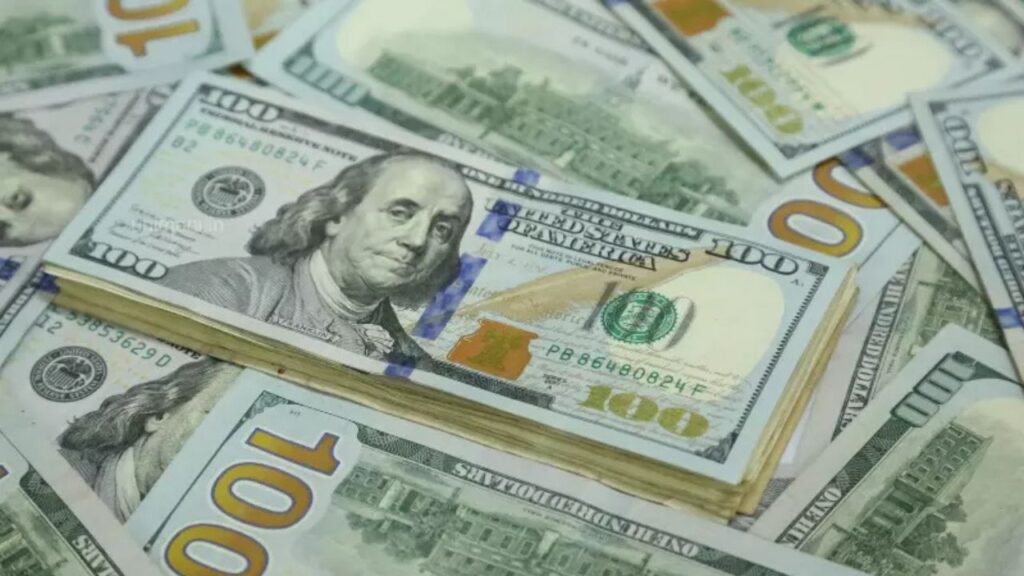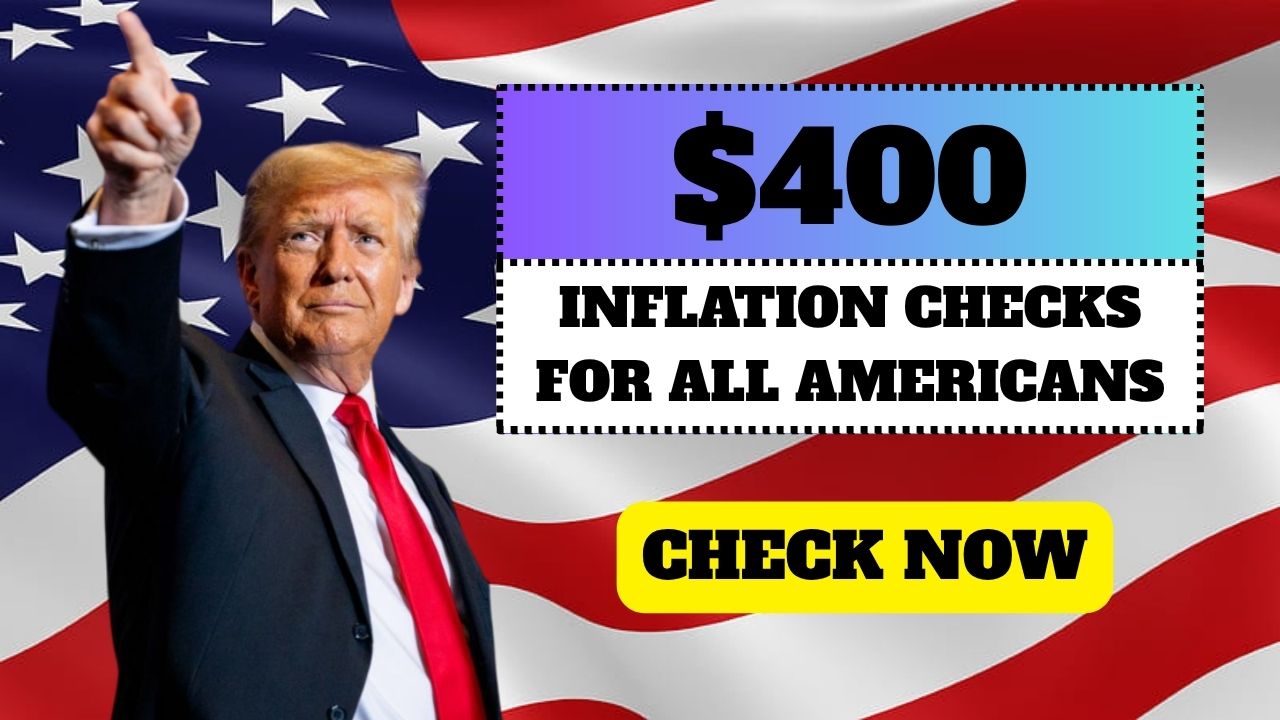Millions of Americans could soon see a welcome boost in their bank accounts as several states roll out the $400 Inflation Refund Checks this November 2025. Designed to help offset the continuing impact of inflation and rising living costs, these payments come as part of a broader initiative to provide financial relief to working families and low- to middle-income households.
While these checks are not a new federal stimulus, they are funded through state-level surplus programs and rebate initiatives, often backed by revenue gains from tax collections, energy credits, and budget surpluses accumulated during the previous fiscal year. Let’s take a closer look at who qualifies, when payments are being sent, and what this program means for households heading into the holiday season.
What Are the $400 Inflation Refund Checks?
The $400 Inflation Refund Checks are state-administered relief payments intended to help citizens control inflationary pressures resulting from better food, gas, and housing costs. As costs preserve to climb faster than wage increase in many regions, nation governments have stepped in with inflation rebate programs that return a part of amassed tax revenues at once to taxpayers.
These checks are modeled after earlier stimulus-style programs and are meant to provide temporary financial relief — especially to those with moderate or fixed incomes, including retirees and single parents.
Who is Eligible for the Checks?
Not absolutely everyone will get hold of the equal amount. The refund is based totally on:
- Your filing status (unmarried, married, head of household, and so forth.)
- Your 2023 New York Adjusted Gross Income
- Whether you have children or dependents
You have to additionally be:
- A resident of New York
- Someone who filed your latest country tax go back
Priority is given to:
- Low- and middle-income earners
- Senior citizens with fixed pensions
- Households with children or dependents
This facilitates ensure that people who are feeling the strain the maximum get support first.
How Much Money Will You Get?
Here’s a simple breakdown of how much you may receive:
| Filing Status | Income (AGI) | Refund Amount |
|---|---|---|
| Single | $75,000 or less | $200 |
| More than $75,000, up to $150,000 | $150 | |
| Married Filing Jointly | $150,000 or less | $400 |
| More than $150,000, up to $300,000 | $300 | |
| Married Filing Separately | $75,000 or less | $200 |
| More than $75,000, up to $150,000 | $150 | |
| Head of Household | $75,000 or less | $200 |
| More than $75,000, up to $150,000 | $150 | |
| Qualifying Surviving Spouse | $150,000 or less | $400 |
| More than $150,000, up to $300,000 | $300 |

How Payments Will Be Delivered
Eligible residents will receive their refund through one of the following methods:
- Direct Deposit: Funds go straight into bank accounts previously used for state tax refunds.
- Paper Check: Sent by using mail to the address listed on the recipient’s today’s tax filing.
- Prepaid Debit Card (in choose states): Some states, consisting of California and Colorado, may additionally use debit cards for less difficult fund access.
If you moved recently or changed banks, it’s crucial to replace your touch information with your state’s tax or revenue branch to keep away from delays.
States Participating in 2025 Inflation Refund Programs
Although there may be no unmarried country wide application, a growing list of states have confirmed or expanded their 2025 inflation rebate initiatives. These consist of:
- California – Continuing the Middle-Class Tax Refund 2.0 program.
- New York – Issuing up to $400 in property and renter relief credits.
- Colorado – TABOR surplus refund checks averaging $400 per taxpayer.
- Minnesota – Targeted cost-of-living rebates for low- and middle-income earners.
- Massachusetts and Illinois – Expanding earned income and family rebate programs through year-end.
Each program uses its own criteria and payout structure, but the goal remains the same: helping residents combat high inflation heading into 2026.
How to Check Your Payment Status
Residents can check their payment status by visiting their state tax department’s official website. Most states have set up online portals where you can verify:
- Whether your payment has been issued.
- The expected delivery or deposit date.
- Any missing or returned payment issues.
Make sure to avoid unofficial websites or social media links — as scammers often impersonate government agencies during rebate disbursements.
Conclusion
The $400 Inflation Refund Checks for November 2025 represent a miles-needed supply of comfort for millions of Americans going through persistent cost-of-living challenges. While no longer a federal stimulus, these state-driven payments demonstrate a commitment to supporting households during periods of monetary stress.
Eligible citizens have to verify their payment popularity and ensure their tax information is current to receive their refund right away. As inflation continues to stress budgets, even modest remedy applications like these can assist families regain financial stability and confidence heading into 2026.
FAQ’s
When will I get the refund?
Payments are being sent in phases. If you provided bank details during tax filling, you’ll obtain an instantaneous deposit. Otherwise, a test may be mailed.
How much will I receive?
Amounts variety from $150 to $400 depending in your income, own family size, and filling status.
What are New York’s Inflation Refund Checks?
These are one-time payments of up to $400 offered by using the state to assist citizens control rising costs as a result of inflation.


